The General Motors-Honda pact to co-develop two electric vehicles for the Japanese automaker — buried by an avalanche of coronavirus news last week — deserves a closer look. It's a rare, big deal.
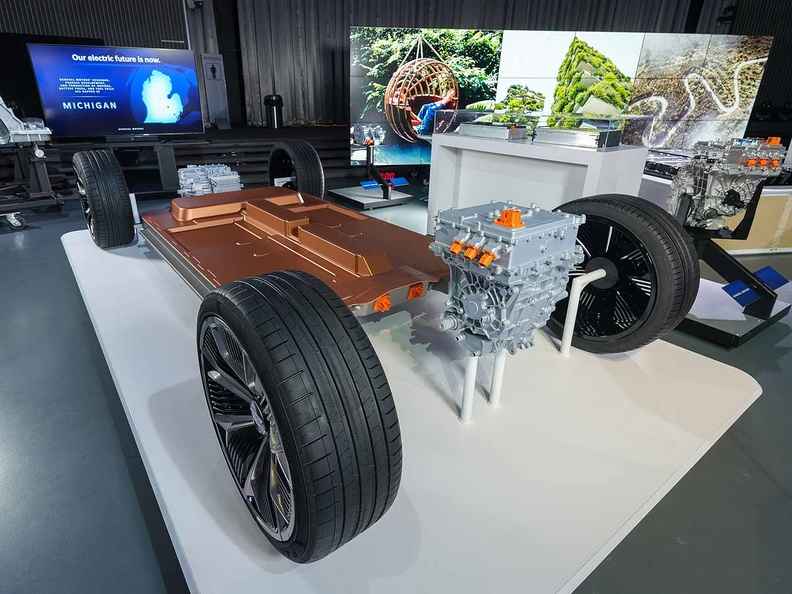
Because Honda is a fiercely proud company — and doggedly protective of its sterling reputation for engineering and quality — the company doesn't often put its name on products that weren't designed in-house or that weren't designed with a partner it knows well.
Honda's name will appear, the two partners said Thursday , on two new global electric vehicles being developed by GM. Honda will design the interior and exterior of the vehicles. GM engineers are developing the vehicles' underpinnings and GM is providing the power.
The partnership will benefit from greater economies of scale, which will help with pricing and profitability.
This is the deepest collaboration Honda has had with a competitor since the 1980s, when Honda and England's Rover created the Acura Legend/Rover 800, and in the 1990s when Honda and Rover engineers developed the fourth-generation Honda Civic and Rover 200, one of Europe's top-selling cars for many years.
Only rarely has Honda put one of its brand names on vehicles designed and built elsewhere. The first-generation Land Rover Discovery was sold in Japan from 1993 to 1998 as the Honda Crossroad, and Isuzu provided Honda's U.S. arm with two SUVs in the 1990s. The Rodeo spawned the Honda Passport — which rolled on a GM-built axle — and the Isuzu Trooper emerged rebadged in 1996 as the Acura SLX.
Honda's past collaborations share a connection: When Honda is far behind the competition, or when new segments emerge where Honda has little in-house technology, the company looks outside for help.
Honda's agreement with GM signals several things. For the past seven years, Honda and GM engineers have been working side by side on fuel cell technology. For the past two years, GM and Honda have been working on EV batteries. GM and Honda also have worked on self-driving vehicle technologies. The agreement to jointly develop new EVs shows GM and Honda respect one another's engineering capabilities, trust each other and work well together despite cultural differences.
Even though I don't view the deal with GM as a risky bet, it is still rare and unusual for Honda.
GM's new Ultium batteries, which will power the Honda and GM EVs, look intriguing on paper, providing ample power and range at low cost, according to GM. The batteries are flexible, configurable and modular. GM says the pouch shape of the battery cells allows them to be stacked horizontally or vertically, giving designers more freedom to package the rest of the vehicle.
The range, GM says, can be 400 miles or more, and 0 to 60 acceleration is expected to be around 3 seconds. The EVs also are capable of fast-charging, and the cost is expected to be around $100 per kilowatt hour, GM says, reflecting a reduction in cobalt content and more efficient manufacturing.
Honda's acclaimed talent for crafting vehicles with outstanding interior ergonomics could go a long way to broadening the appeal of these new EVs.
Tesla's success shocked GM and Honda, as it did the rest of the industry. On paper at least, the ingredients appear to be in place for both companies to sell at a profit EVs that are competitive with Tesla's. The biggest question mark is, will customers buy an EV in high volumes from any company other than Tesla? Right now, the answer is no. But a lot can change by the 2024 model year when these vehicles go on sale.


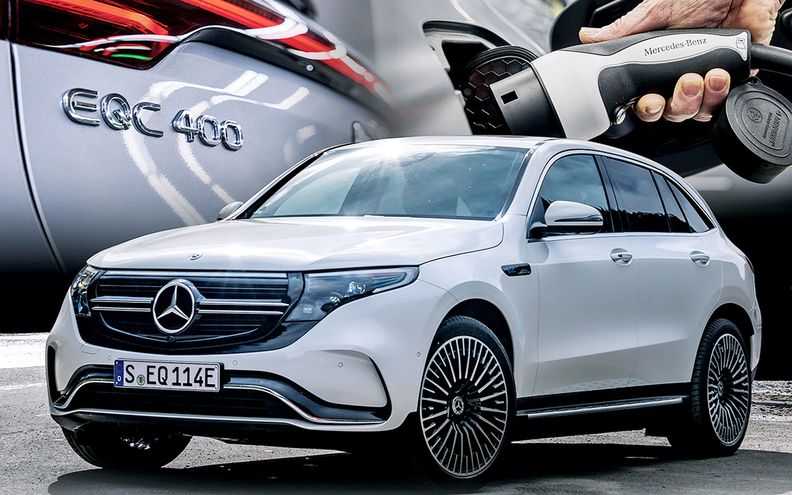
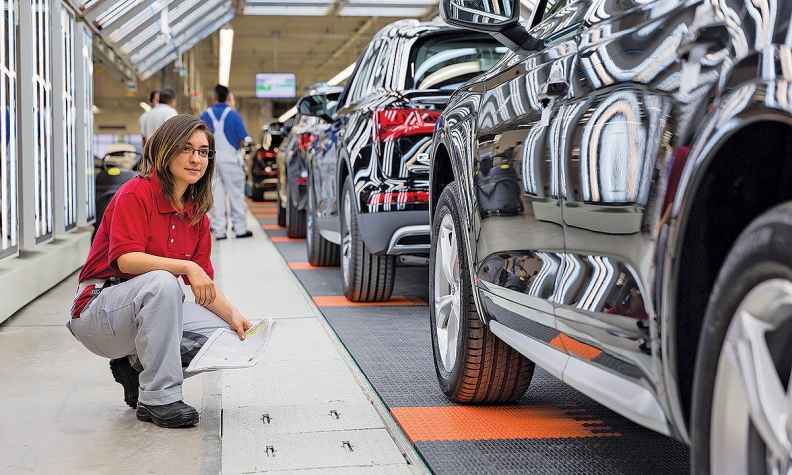
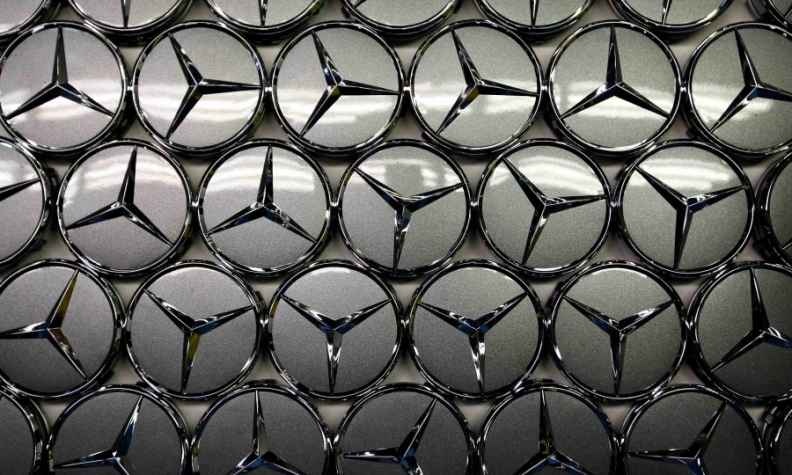
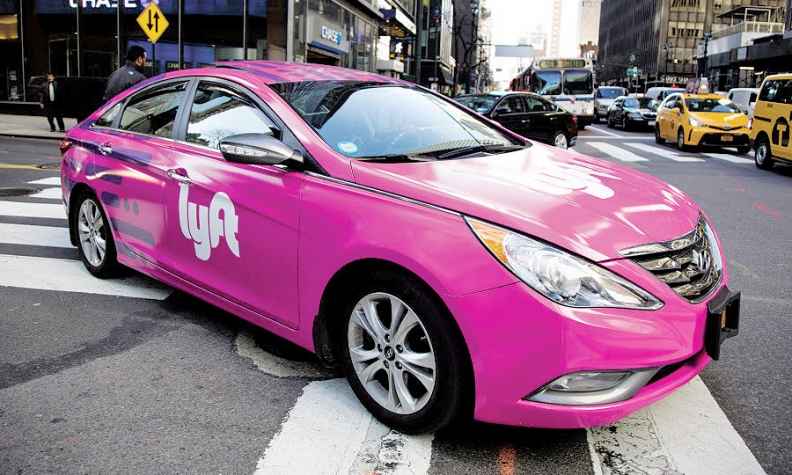
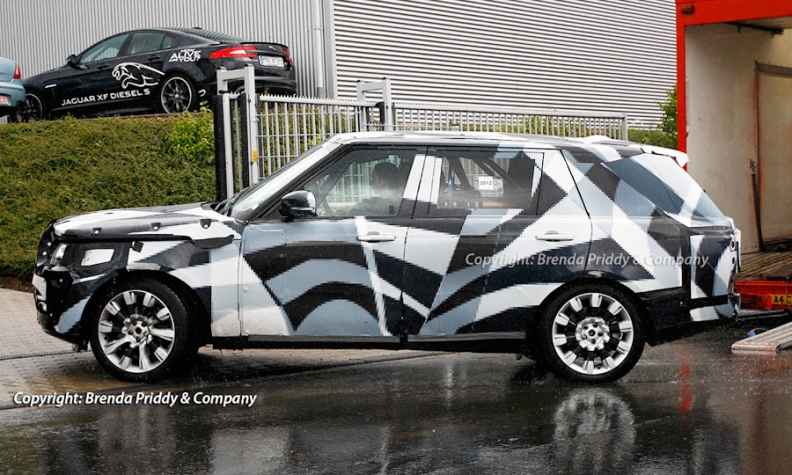
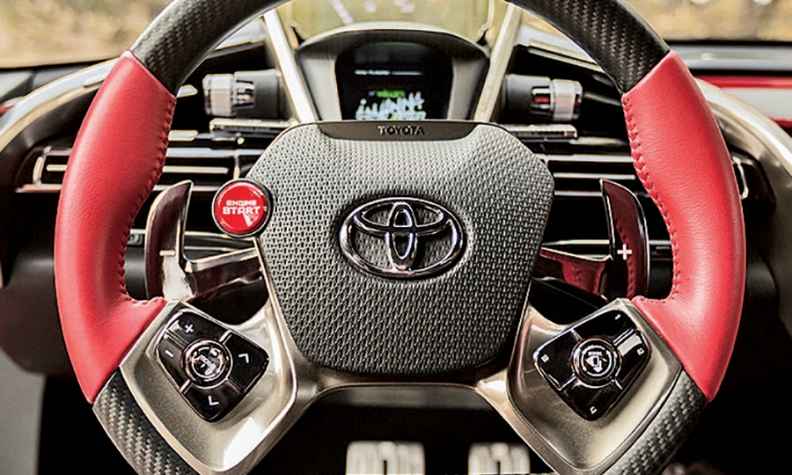
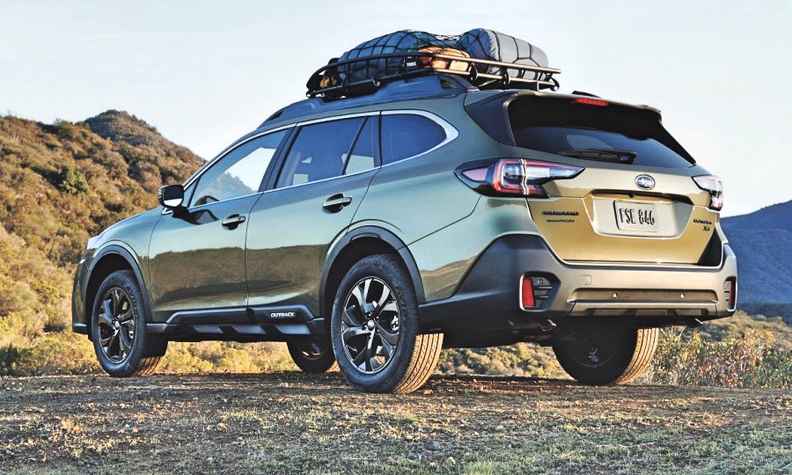
Post your comment